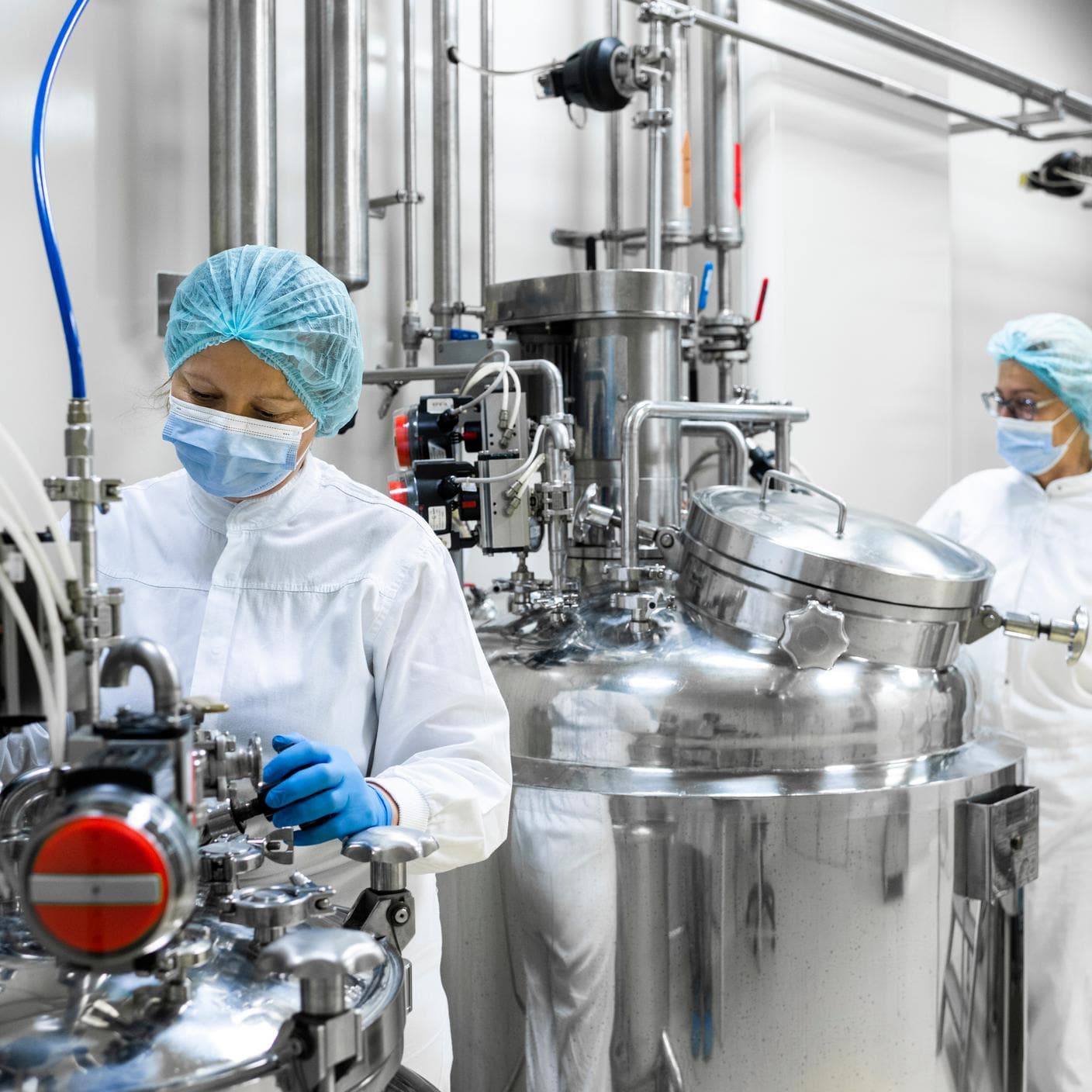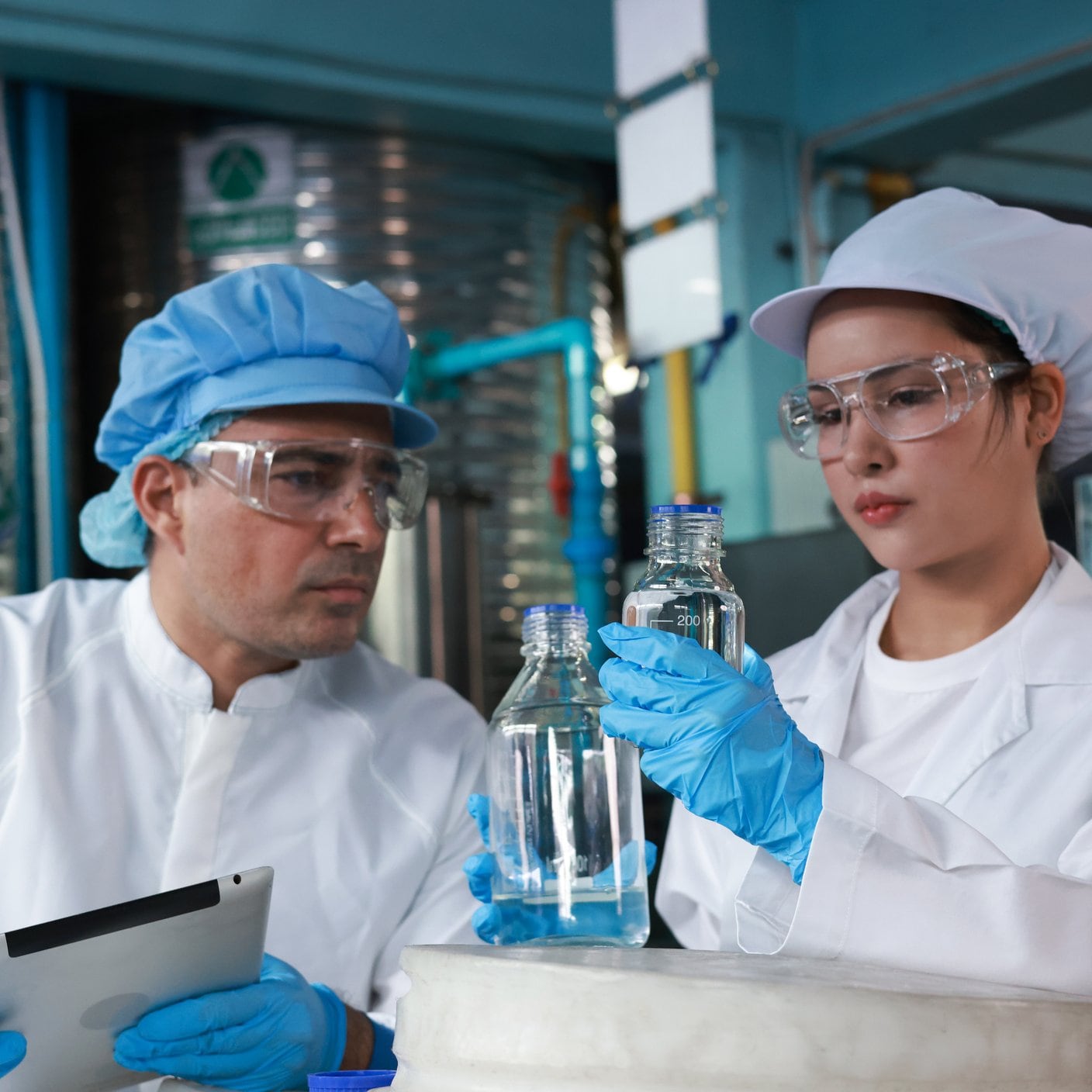I've been working with pharmaceutical companies for years, and I'll tell you something that might surprise you: the biggest environmental, health, and safety (EHS) issues are almost always the ones hiding in plain sight, quietly burning through your budget while creating risks you didn't even know existed.
After spending countless hours in pharma facilities around the world, I've seen time and time again these same three critical gaps that are costing serious money and creating unnecessary exposure.
The good news? They're all fixable if you know what to look for.
1. Antimicrobial resistance (AMR): The elephant in the clean room
Here's the thing about AMR that nobody wants to talk about: pharma companies are actually making the problem worse while trying to solve it.
I've walked through facilities where they're using “copious amounts of disinfectant byproducts” because, as one client put it, “everything we make is biologically active, so we've got to make sure we knock it down before it hits the waste stream.” The logic seems sound, right? Blast the heck out of everything with chemicals.
But here's where it gets interesting—and expensive. When methicillin-resistant Staphylococcus aureus (MRSA) started rising in hospital spaces, the pharmaceutical response was predictable: double down on the cleaning chemicals. More chemicals, stronger chemicals, destroy everything in sight.
The problem? This approach has a direct impact on your workers. You're trading one risk for another and often creating occupational health issues that cost way more than the original problem. Plus, you're contributing to the very resistance you're trying to prevent. The reality is that there's a third way: better practices and smarter approaches that use fewer chemicals while achieving better results. But most companies don't have the expertise in house to figure out what that looks like for their specific operations.
2. Waste characterization: The money pit you don't see coming
This one kills me because it's so preventable, yet I see it everywhere. Pharmaceutical companies are literally throwing money away because they don't understand what's in their waste stream.
Here's how it typically works: you've got all this material coming in, and nobody really understands how those materials could interact with one another. Then they all get mixed in the same waste stream. It's like throwing grease in your regular garbage can—you know it's not right, but hey, it's all waste, right?
Wrong. Dead wrong.
Because pharmaceutical companies pay a premium for destroying anything that's biologically active; it all has to be burned, which is really expensive. Everything else can be disposed of differently and usually much cheaper. But if you characterize your waste wrong, you're sending bulk material to be expensively disposed of when it doesn't need to be.
I had one client who was spending literally hundreds of thousands extra per year because they were treating non-biological waste as biological waste—all because they didn't have a comprehensive understanding of their chemical inventory and how it translated to their waste distribution.
It's like the old days when everyone changed their own oil. Sure, you could do it yourself, but most people realized it was cheaper and more effective to have someone else handle it. The same principle applies here, except with much higher stakes and much bigger cost implications.
3. Expertise gap: Why your job postings aren't working
This one is more subtle but equally critical. When pharmaceutical companies post EHS positions, they'll get 45 resumes but hardly any with relevant scientific backgrounds.
Here's the thing: you don't need a high-end ergonomist every day of the week. You don't need a biochemistry expert sitting around full time. But when you need them, you need them immediately, and you want the best you can get.
The traditional hiring approach doesn't work for this sector because pharmaceutical EHS is incredibly specialized. Unlike other industries, you can't make an argument that your materials aren't biologically relevant—they're designed to be biologically relevant. That changes everything about how you approach safety, waste management, and environmental compliance.
Most companies try to solve this by either hiring generalists (who miss the pharma-specific nuances) or trying to keep specialists on staff full time (which is expensive and often unnecessary). There's a better way, but it requires thinking differently about how you access expertise.
Cost of inaction
Pharmaceutical companies are always moving quickly, always focused on the next breakthrough, the next product launch. But EHS isn't something you can just bolt on at the end. It needs to be integrated into how you think about operations from the start. Ask yourself those tough questions: “What should we be worried about next?” and “What are we missing?”
Take per- and polyfluoroalkyl substances (PFAS), for example. Companies that got ahead of this knew what chemicals were in which processes, understood waste streams, and could provide data when regulators came asking. The ones who didn't? They're scrambling now, trying to figure out what's in equipment coatings, waste, and in supplier materials.
Regulatory changes, new chemical classifications, and evolving standards don't wait for convenient timing.
The pharma industry is built on precision, on understanding exactly what happens at the molecular level. Isn't it time to bring that same precision to your EHS programs?
Need help identifying EHS gaps in your pharmaceutical operations? Sometimes, the biggest savings come from the problems you didn't know you had.
Visit BSI’s Experts Corner for more insights from our industry experts. Subscribe to our Experts Corner-2-Go LinkedIn newsletters for a roundup of the latest thought leadership content: Digital trust, EHS, and supply chain.








